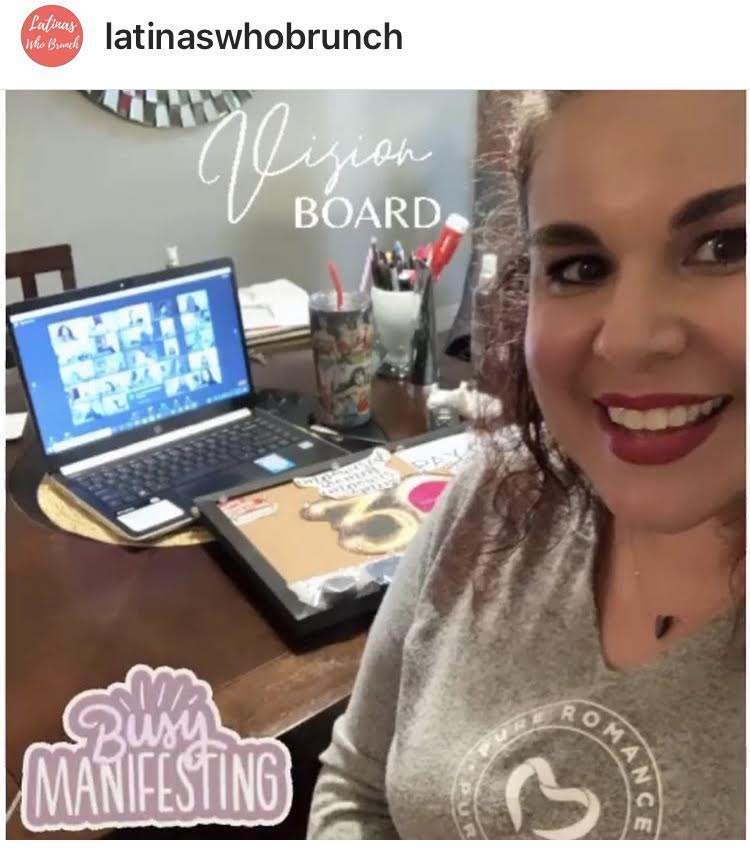Making Connections With Hispanic Influencers
By Melissa Vela-Williamson, M.A., APR, Fellow PRSA
March 2021
How do you connect with the Hispanic market?
That’s a top question for organizations because Hispanics accounted for 52 percent of the U.S. population growth in the last decade and have an economic buying power of $1.5 trillion.
Hispanic consumers are tight-knit networks — we are wired for referral based, word-of-mouth marketing. A primary trust factor is whether a family member or friend has referred us to an organization, product or service.
For example, many communities use “promotoras,” Hispanic or Latino community members who are trained as trusted health advisors to bridge the trust gap between their community and health experts.
Since COVID-19, promotoras have been mobilized across the country to help share information about the virus from wearing masks to accessing vaccines. They are helping their community overcome trepidation, technology needs, and Spanish language barriers that may be present.
The promotora model reminds me of the relationship I see between Hispanic or Latino influencers and their target audiences. For PR pros, understanding how to find these trusted advisors in your categories is critical.
Many types of influencers are promoters. Influencers can include people who are influential in a community, within an industry, and within a political party. Celebrities on social media are in their own category, and are not included in this column.
Working with influencers should be in your strategic communication plan. Moving smaller, deeply connected publics is recommended rather than trying to appeal to a nonexistent monolithic mass audience. “Vetting” the right type of influencer is key.
Find the right fit.
First, take your category, intersect it with the cultural group you want to connect with and search from that intersection.
Next, think beyond shallow vanity metrics. Many organizations and brands focus solely on follower numbers, but know that followers can be “bot.” Be suspicious if content engagement is low but follower numbers are high. A small, active community is more valuable than a large one that never reacts to the influencer’s content.
As part of your vetting, try to make sure that influencer is actually of that culture and relates to it. Cultural appropriation causes major reputational damage. An influencer should be clear on who they are and who they serve. Look for someone who has years of experience cultivating their following and creating quality content.
For example, Latina influencer Melanie Mendez-Gonzales describes herself as, “a Latina creating content for Latino families.” Her focus and target are clear.
Watch these influencers.
Kathy Cano “The Crafty Chica” is a former journalist who knows how to tell a colorful story. Check her out for all things glittery, DIY, cultural and fun. She has a spectrum of followers because her topics and art transcend boundaries.
George Torres is described as “a digital storyteller and founder of the longest-running Latino blog on the internet, ‘Sofrito for Your Soul.’” His new project, “Siembra Initiative,” teaches cultural entrepreneurs and conscious capitalists how to build community and visibility on social.
Hispanicize began as the go-to conference for Latino influencers. It has evolved and says it’s “the largest annual event for multicultural trendsetters, creators and social influencers.” It’s a good place for large brands to meet top influencers.
Newer female collectives like “Latinas Who Brunch” and “She Se Puede” are mobilizing Latinas across the United States.
Financial podcasts like “Yo Quiero Dinero” and “Her Dinero Matters” are also gaining popularity with Latina audiences.
Prepare your budget.
Most influencers require compensation for collaboration. Focus on influencers trusted by your target audience because celebrities cost considerably more. Most local “micro influencers” could be a fit, and their rates are easier to fit into a modest budget.
Remember, the right influencer will help with brand loyalty, referrals, and creating engagement opportunities with their niche audience.



